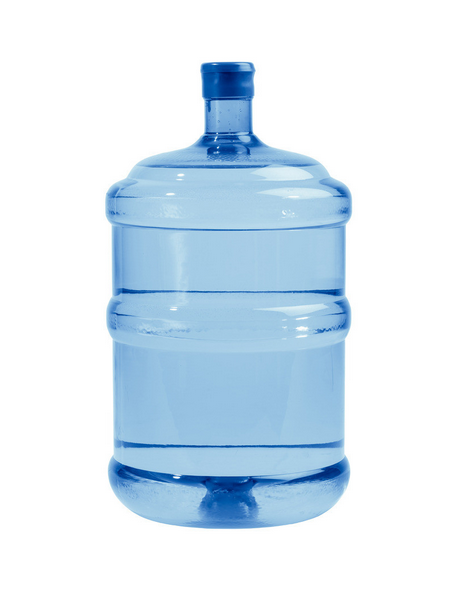 English
English-
 English
English -
 Español
Español -
 Português
Português -
 русский
русский -
 français
français -
 日本語
日本語 -
 Deutsch
Deutsch -
 Tiếng Việt
Tiếng Việt -
 Italiano
Italiano -
 Nederlands
Nederlands -
 ไทย
ไทย -
 Polski
Polski -
 한국어
한국어 -
 Svenska
Svenska -
 magyar
magyar -
 Malay
Malay -
 বাংলা
বাংলা -
 Dansk
Dansk -
 Suomi
Suomi -
 हिन्दी
हिन्दी -
 Pilipino
Pilipino -
 Türk
Türk -
 Gaeilge
Gaeilge -
 عربى
عربى -
 Indonesia
Indonesia -
 norsk
norsk -
 اردو
اردو -
 čeština
čeština -
 Ελληνικά
Ελληνικά -
 Українська
Українська -
 Javanese
Javanese -
 فارسی
فارسی -
 தமிழ்
தமிழ் -
 తెలుగు
తెలుగు -
 नेपाली
नेपाली -
 Burmese
Burmese -
 български
български -
 ລາວ
ລາວ -
 Қазақ
Қазақ -
 Euskal
Euskal -
 Azərbaycan
Azərbaycan -
 slovenský
slovenský -
 Македонски
Македонски -
 Lietuvos
Lietuvos -
 Eesti Keel
Eesti Keel -
 Română
Română -
 Slovenski
Slovenski -
 मराठी
मराठी -
 Српски
Српски
The Seven Major Classifications Of Plastics, Have You Used Them All Correctly?
2023-09-08
Plastic has impacted our lives closely related, it's everywhere. The small triangular symbol imprinted on the bottom of the plastic container classifies plastics into seven grades, the 7 digits of the triangular character represent plastic containers of one specification.
Look at the numbers. Do you know how to use them?
01 stands for PET (polyethylene terephthalate)
"01" is thrown away after drinking, don't be greedy, reuse it for the second time.
It is often used in barreled water bottles, mineral water bottles, carbonated beverage bottles, etc. Its heat resistance is up to 65°C, and its cold resistance is down to -20°C. It is easy to deform when filled with high-temperature liquids or heated, and will dissolve harmful substances to the human body, so it is only suitable for warm drinks. Or drink it cold. Moreover, according to scientific experiments, 01 plastic products may release carcinogens after being used for more than 10 months.
Therefore, after drinking beverage bottles made of 01 materials, never refill them with drinking water or food, so as not to affect the health and the losses outweigh the gains. Of course, if it is used to make some small handmade objects, it is possible.
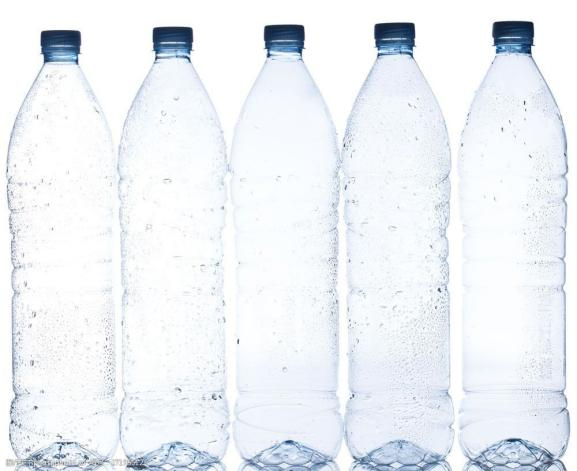
02 stands for HDPE (high-density polyethylene)
"02" Do not recycle and do not use it as a water container.
Common examples include yogurt bottles, chewing gum bottles, cleaning products, bath products, medicine bottles, etc. For example, cleaning and bathing products often leave residues due to incomplete cleaning, becoming a breeding ground for bacteria. Recycling of new items means being accompanied by bacteria. In addition, the bottom of the 4L Nongfu Spring is marked as 02, which is very textured overall, but it must not be used as a water container, especially because long-term use may produce harmful substances.

03 stands for PVC (polyvinyl chloride)
"03" If used for food packaging, do not expose it to heat.
Commonly used ones include water pipes, raincoats, plastic bags, building materials, etc. Plastic products made of this material are prone to produce harmful substances, that is, single-molecule vinyl chloride that has not been fully polymerized during the production process, or harmful substances in plasticizers, which are easy to precipitate especially when encountering high temperatures and grease, and may accidentally enter. The human body is prone to cancer.
Therefore, be careful when using plastic bags marked “03” for breakfast items such as fried dough sticks, tofu curd, pancakes and fruits.
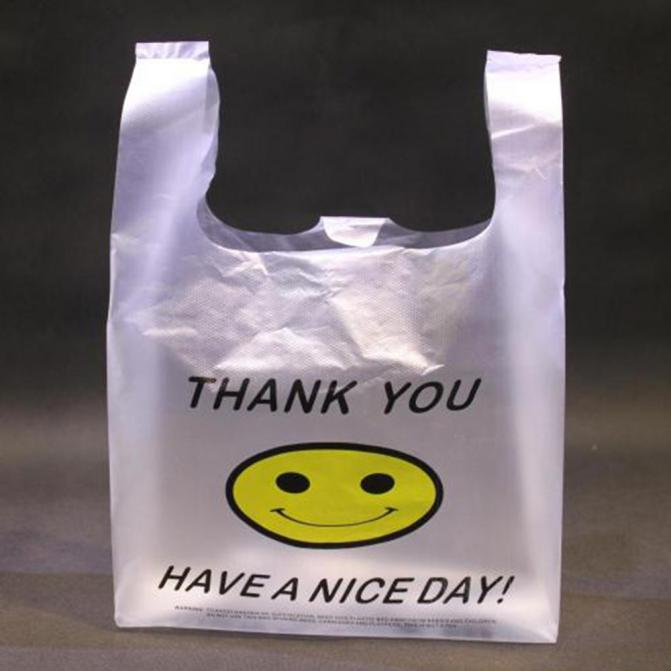
04 is LDPE (low-density polyethylene)
"04" has poor heat resistance, and hot melting will occur when it exceeds 110°C.
The phenomenon of plastic wrap we commonly use produces plastic preparations that cannot be decomposed by the human body, and are more likely to cause cancer after entering the human body with food. If it is wrapped on the outside of the food and heated at the same time, the fat in the food will more easily dissolve the harmful substances in the plastic wrap.
Therefore, never wrap food in plastic wrap to heat it.
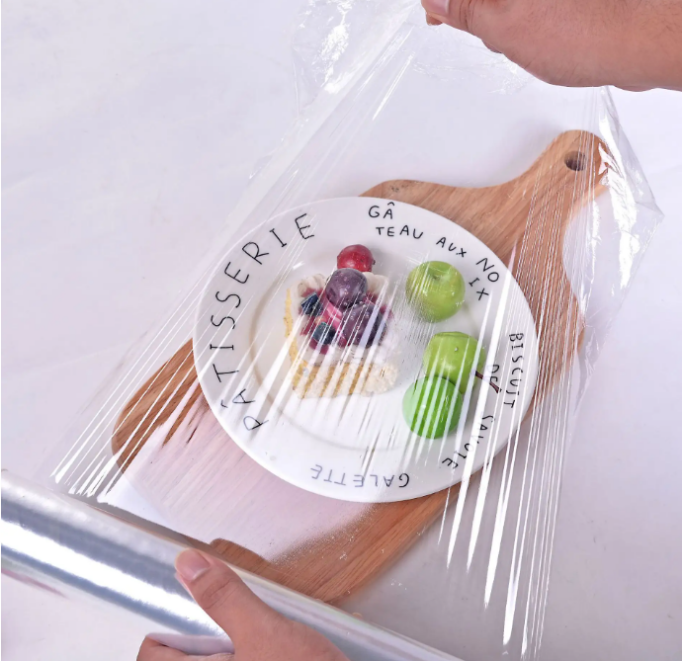
05 represents PP (polypropylene)
"05" can be put into the microwave oven and can be reused after cleaning
It has a wide range of uses, such as microwave lunch boxes (crisp boxes, plastic fast food boxes, etc.), soy milk bottles, yogurt bottles, juice drink bottles, water cups, straws, etc. Category 05 is the only material that can be heated in a microwave oven. It is resistant to high temperatures of 130°C and has a melting point as high as 167°C.
Therefore, products made of this kind of material can be reused after cleaning, and can be used in microwave ovens. However, care should be taken in unmarked fresh-keeping boxes. The box body is 05, and the box lid is 06. It is also necessary to avoid putting them in the microwave oven together.
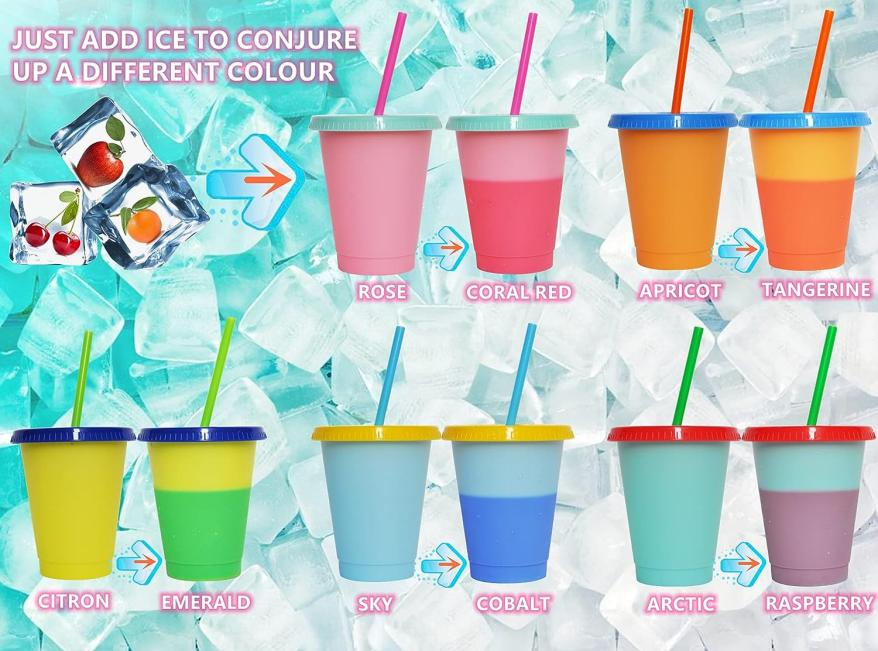
06 is PS (polystyrene)
"06" can not be put into the microwave oven, can not hold strong acid, strong alkaline substances
Our common bowls of instant noodle boxes, foamed fast food boxes, and self-service trays are all made of this material. Although 06 products are heat-resistant and cold-resistant, if they contain high-temperature foods or strong acids and strong alkaline substances, they will decompose polystyrene, a carcinogenic substance that is harmful to the human body.
Therefore, avoid heating bowl-packed instant noodle boxes in a microwave oven, and recycle instant noodle boxes and strong acid (alkali) substances.

07 represents PC and other plastics (including polyester, polyamide, polycarbonate, etc.)
"07" As long as it is used properly, "bisphenol A" can be avoided.
This widely used material, used in water glasses, mineral water buckets and baby bottles, has also been controversial for containing toxic bisphenol A. When using, you should choose the appropriate plastic according to the specific material and application, and use it in strict accordance with the instructions and precautions to ensure safety and reliability.
